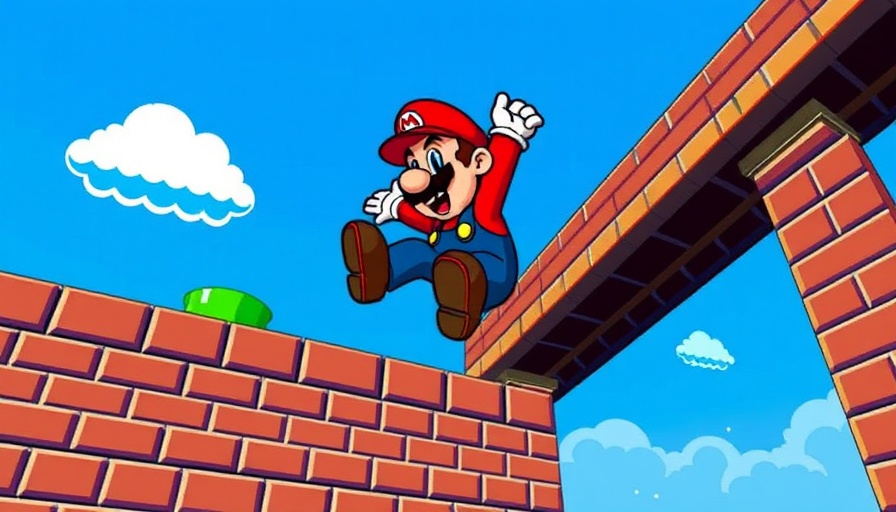
Super Mario: A New Playground for AI Benchmarking
In an unexpected twist, classic video games are stepping into the limelight as benchmarks for artificial intelligence performance. Researchers at the University of California San Diego's Hao AI Lab recently discovered that Super Mario Bros. provides a more rigorous test of AI capabilities than the often-utilized Pokémon. This revelation could significantly impact how developers assess the advancements of AI technologies.
Testing the AI Models
During the tests, the Hao AI Lab integrated AI systems into a version of Super Mario Bros. running through an emulator. Notably, Anthropic's Claude 3.7 outperformed its compatriots, including Claude 3.5 and other prominent models like Google’s Gemini 1.5 Pro and OpenAI’s GPT-4o. The idea behind the evaluation was straightforward yet profound: AI had to maneuver through levels, responding instantly to unforeseen obstacles and enemies.
The Role of GamingAgent
This process utilized a custom framework named GamingAgent that provided the AI with fundamental directives, such as dodging obstacles or enemies. By generating responses in Python code, the AI controlled Mario's movements in real-time. This environment simulated a range of gameplay scenarios, pushing AIs to strategize and make quick decisions, much like a human player would.
The Debate: Reasoning vs. Non-Reasoning Models
Intriguingly, researchers observed a trend in testing outcomes. Models designed to reason through processes, such as OpenAI's o1, generally elicited stronger responses in traditional benchmarks but faltered in fast-paced gaming scenarios. The time taken for these models to deliberate often hindered their performance when immediate reactions were pivotal. Reacting quickly and accurately is essential in gaming, raising critical questions about how we evaluate AI and its application in real-world scenarios.
Acknowledging the Evaluation Crisis
The contrasting performance of reasoning and non-reasoning models in the gaming arena highlights what Andrej Karpathy from OpenAI has termed an "evaluation crisis". The ambiguity in current metrics raises essential discussions on the relevance of gaming skills as markers of technological advancement in AI. With tests suggesting discrepancies between AI's capabilities in gaming versus real-world applications, researchers caution against placing too much weight on gaming achievements alone.
What Lies Ahead in AI Development?
Looking into the future, the potential of games like Super Mario Bros. as evaluation benchmarks opens new avenues for AI research. It also brings forth the question of how effectively AI can learn complex behaviors and develop innovative strategies. As AI becomes more integrated into various sectors, the criteria we use to gauge its performance must evolve as well.
Conclusion: A Call for Standards in AI Metrics
As the technology progresses, the call for comprehensive frameworks that accurately reflect AI capabilities becomes increasingly crucial. Whether through gaming simulations or other innovative benchmarks, ensuring that evaluation metrics align with real-world applications can facilitate more meaningful advancements in artificial intelligence.
In conclusion, watching AI navigate the challenges of Mario's world may not just be entertaining; it could reshape our understanding of how to measure AI proficiency as we venture further into a future shaped by technology.
 Add Row
Add Row  Add
Add 




Write A Comment